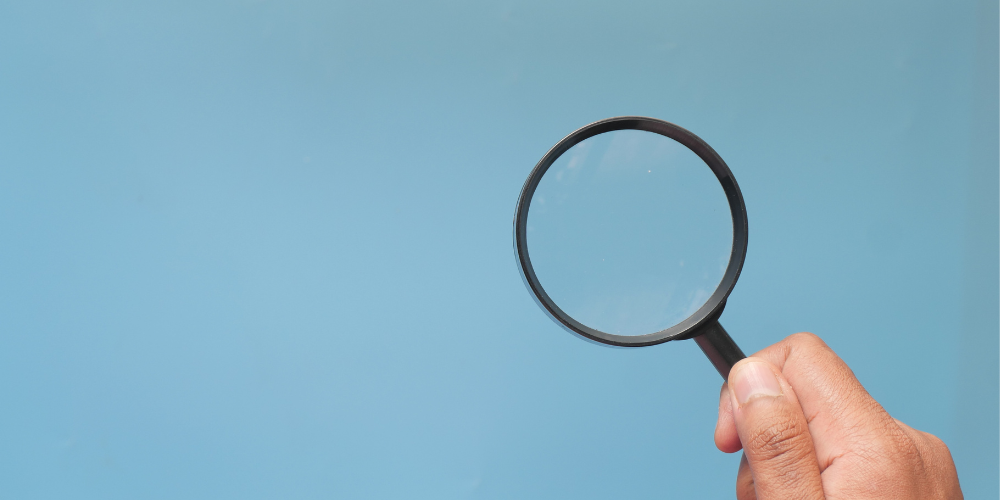What Is a Favicon? Why You Need One & How to Add It to Your Site
If you’ve ever opened multiple tabs in your browser, you’ve seen favicons — those tiny images next to the page title. They might be small, but they pack a big punch when it comes to branding, user experience, and even SEO. In this post, we’ll cover everything you need to know about favicons: what they are, how to make one, how to install it on your website, and why it matters for your online presence.
What Is a Favicon?
A favicon (short for favorite icon) is a small icon that represents your website in a browser tab, bookmark list, or even on mobile home screens when someone saves your site.
It’s usually a 16×16 or 32×32 pixel image in .ico, .png, or .svg format. You’ll spot them on the browser tab next to the page title or next to your site name in search results.
Here’s what a favicon looks like in action:
-
🖥️ Browser tab: Adds visual branding for easier tab navigation.
-
📱 Mobile bookmarks: Displays your icon on saved home screens.
-
🔍 Google search results: Google includes favicons in mobile listings, making your site more recognizable.
Why Favicons Matter: The SEO & UX Benefits
While it might seem like a tiny detail, having a favicon can have outsized benefits:
🔍 Google Search Visibility
Google displays favicons next to search listings on mobile. If your site doesn’t have one, it may show a generic icon or nothing at all, which could make your listing look incomplete or unprofessional.
🧠 Brand Recognition
A custom favicon reinforces your branding every time someone sees it — in tabs, bookmarks, or saved home screens. It’s a subtle but powerful way to stay memorable.
✅ Builds Trust & Professionalism
Users are more likely to trust a site that looks polished. A missing favicon can make a site look unfinished or less credible.
📱 Better User Experience
When users have multiple tabs open, a favicon helps them quickly identify and return to your site.
How to Create a Favicon
Creating a favicon is easier than ever with online tools and graphic editors.
Option 1: Use an Online Favicon Generator
Sites like favicon.io, realfavicongenerator.net, or favicon.cc let you:
-
Upload a logo or icon
-
Generate a
.icofile and other formats -
Get HTML code snippets for installation
Option 2: Design It Yourself
If you’re using tools like Adobe Illustrator, Photoshop, or Canva:
-
Keep the design simple and square
-
Export to
.png, then convert to.icousing an online tool -
Recommended sizes: 16×16, 32×32, 48×48, or 64×64 pixels
Tip: Test your favicon at small sizes to make sure it’s still recognizable.
How to Install a Favicon on Your Website
Once you’ve got your favicon file, you’ll need to install it on your site. Here’s how:
Step 1: Upload Your Favicon
Upload your favicon file (usually favicon.ico or favicon.png) to the root directory of your website.
Step 2: Add HTML Code to Your <head> Tag
Paste the following code inside the <head> section of your site’s HTML:
Or, for more advanced formats:
You can also use rel="shortcut icon" for broader browser support:
Step 3: Clear Cache & Test
After uploading and adding the code:
- Clear your browser cache
- Visit your site and check the browser tab
- Test it on mobile and desktop to ensure visibility
Final Thoughts
Favicons may be tiny, but their impact is huge. Whether you’re trying to build brand awareness, look more professional, or stand out in search results, adding a favicon is a simple step that every website should take.
Need help designing or installing a favicon? Got.Media can help you with every step — from branding to web implementation.
